Home>Home Appliances>Bathroom Appliances>Why Does My Scale Change Weight When I Move It


Bathroom Appliances
Why Does My Scale Change Weight When I Move It
Published: February 13, 2024
Discover why your bathroom scale fluctuates when you move it. Learn how to ensure accurate weight measurements with our expert tips. Explore more on bathroom appliances.
(Many of the links in this article redirect to a specific reviewed product. Your purchase of these products through affiliate links helps to generate commission for Storables.com, at no extra cost. Learn more)
Introduction
When it comes to monitoring our health and fitness, a reliable bathroom scale is an indispensable tool. However, have you ever experienced the puzzling phenomenon of your scale displaying different weights when you move it to a different spot? This common occurrence can leave us scratching our heads and questioning the accuracy of our trusty scale. In this article, we will delve into the intriguing science behind weight measurement, explore the factors that influence scale accuracy, and shed light on the impact of movement on scale readings. By understanding these dynamics, you can gain valuable insights into achieving more consistent and accurate weight measurements. So, let's embark on a fascinating journey into the world of bathroom scales and uncover the mysteries behind their fluctuating readings.
Key Takeaways:
- Understand the science behind your scale: It relies on gravity and load cell technology to measure weight accurately. Factors like calibration and stable surfaces affect its precision.
- Minimize movement for accurate readings: Avoid shifting or fidgeting on the scale. Choose a stable surface and allow the scale to settle after moving it.
Read more: Why My Weight Scale Gives Different Readings
The Science Behind Weight Measurement
The science behind weight measurement is a fascinating blend of physics and engineering, intricately woven into the design and functionality of bathroom scales. At its core, weight measurement relies on the fundamental principle of force exerted by an object due to gravity. When we step onto a scale, our body's mass interacts with the Earth's gravitational pull, resulting in a force that is translated into a numerical weight value on the scale's display.
Bathroom scales typically operate on the principle of load cell technology, which is based on the deformation of a material in response to an applied force. Within the scale, a set of load cells, often made of metal, are strategically positioned to bear the weight of the person standing on the scale. As weight is applied, the load cells undergo microscopic deformations, generating electrical signals that are proportional to the force exerted. These signals are then processed and converted into a digital weight reading, providing us with a numerical representation of our mass.
The accuracy of weight measurement is heavily reliant on the precision and sensitivity of the load cells within the scale. High-quality scales are equipped with advanced load cell technology that can detect even the slightest variations in weight, ensuring consistent and reliable measurements. Additionally, the calibration of the scale plays a crucial role in maintaining accuracy, as it accounts for environmental factors and ensures that the scale provides precise readings across different conditions.
Furthermore, the design of the scale's platform and the distribution of weight across its surface are pivotal in achieving accurate measurements. A stable and level platform minimizes the impact of external factors, such as uneven flooring or surface irregularities, which could otherwise influence the scale's readings. Additionally, the placement of the load cells beneath the platform is strategically engineered to evenly distribute the weight and minimize the potential for measurement discrepancies.
In essence, the science behind weight measurement encompasses a sophisticated interplay of mechanical, electrical, and gravitational forces, all harmonizing to deliver the numerical representation of our body's mass. By understanding the intricate mechanisms at play, we can appreciate the complexity and precision involved in the seemingly simple act of stepping onto a bathroom scale.
Factors Affecting Scale Accuracy
Several factors can significantly influence the accuracy of a bathroom scale, ultimately impacting the reliability of weight measurements. Understanding these factors is crucial for obtaining consistent and precise readings. Here are the key elements that can affect scale accuracy:
-
Calibration: The calibration of a scale is paramount in ensuring accurate weight measurements. Over time, factors such as temperature fluctuations and normal wear and tear can affect the scale's calibration, leading to discrepancies in readings. Regular calibration, either through manual adjustment or automatic calibration features in advanced scales, is essential for maintaining accuracy.
-
Surface Stability: The stability of the surface on which the scale is placed can greatly impact its accuracy. Uneven or soft flooring can cause the scale to tilt or flex, leading to inconsistent readings. It is advisable to place the scale on a flat, hard surface to minimize the influence of external factors on its measurements.
-
Load Distribution: The distribution of weight on the scale's platform is a critical factor in achieving accurate readings. Uneven distribution, such as placing more weight on one side of the scale, can lead to skewed measurements. Proper positioning and even distribution of weight across the scale's surface are essential for reliable results.
-
Environmental Conditions: Environmental factors, including temperature and humidity, can affect the performance of a scale. Extreme temperatures or high humidity levels may impact the scale's components and its ability to provide accurate readings. It is important to consider the environmental conditions in which the scale is used and take appropriate measures to mitigate their potential influence.
-
Quality of Components: The quality of the scale's components, particularly the load cells and sensors, directly impacts its accuracy. High-quality materials and precision engineering contribute to the scale's ability to detect and translate weight into precise measurements. Investing in a scale with superior components can significantly enhance its accuracy and longevity.
-
User Error: User-related factors, such as improper usage or positioning on the scale, can introduce inaccuracies. For instance, leaning on the scale, shifting weight while standing, or not placing both feet evenly on the platform can affect the readings. Educating users on the correct usage of the scale can minimize these errors and improve accuracy.
By being mindful of these factors and taking proactive measures to address them, individuals can optimize the accuracy of their bathroom scales, ensuring that they consistently provide reliable weight measurements.
When you move your scale, it can change weight because of the force and pressure applied to the internal components. To get an accurate reading, place the scale on a flat, stable surface before weighing yourself.
Impact of Movement on Scale Readings
The impact of movement on scale readings is a phenomenon that often perplexes individuals when their scale displays varying weights upon being moved to different locations. This intriguing occurrence can be attributed to the intricate interplay of mechanical and gravitational forces within the scale, as well as the influence of external factors. Understanding how movement affects scale readings is essential for obtaining accurate and consistent weight measurements.
When a bathroom scale is moved from one location to another, it undergoes a change in its resting position and orientation. This shift can introduce subtle alterations in the distribution of weight across the scale's platform, potentially leading to discrepancies in the readings. The displacement of the scale can cause the load cells, the sensitive components responsible for detecting weight, to experience different levels of strain and deformation. As a result, the electrical signals generated by the load cells may vary, impacting the scale's ability to accurately translate weight into numerical values.
Furthermore, the stability of the surface on which the scale is placed plays a pivotal role in determining the impact of movement on its readings. If the new location features an uneven or soft flooring, the scale may not rest in a stable and level position, potentially compromising its accuracy. Additionally, external vibrations or disturbances during the movement of the scale can influence its internal mechanisms, leading to transient fluctuations in weight readings.
It is important to note that the impact of movement on scale readings can be more pronounced in scales with lower sensitivity and precision. High-quality scales equipped with advanced load cell technology and robust construction are designed to minimize the influence of movement on their readings, providing more consistent and reliable measurements across different locations.
To mitigate the effects of movement on scale readings, individuals can take certain precautions when relocating their scales. Ensuring that the new placement offers a stable and level surface, free from vibrations and disturbances, can help maintain the scale's accuracy. Additionally, allowing the scale to settle and recalibrate after being moved can contribute to more reliable weight measurements.
By recognizing the impact of movement on scale readings and implementing measures to address potential sources of error, individuals can enhance the accuracy and consistency of their weight measurements, empowering them to track their health and fitness goals with confidence.
Tips for Accurate Weight Measurement
Achieving precise and consistent weight measurements on a bathroom scale is essential for effectively monitoring one's health and fitness journey. By implementing the following tips, individuals can optimize the accuracy of their weight readings and ensure reliable tracking of their progress:
-
Calibration and Maintenance: Regularly calibrating the scale according to the manufacturer's guidelines is crucial for maintaining accuracy. Additionally, keeping the scale clean and free from dust or debris can contribute to reliable measurements.
-
Stable Surface: Placing the scale on a stable and level surface is paramount. Avoiding soft or uneven flooring and ensuring that the scale rests securely can minimize the impact of external factors on its readings.
-
Even Weight Distribution: When stepping onto the scale, distribute your weight evenly across the platform. Placing both feet squarely and avoiding leaning on the sides can help achieve more consistent measurements.
-
Consistent Usage: Weighing yourself at the same time each day, preferably in the morning before consuming food or liquids, can lead to more reliable and comparable readings. Additionally, wearing similar clothing or weighing without shoes can contribute to consistency.
-
Avoid Movement: Minimizing movement while on the scale is essential. Standing still and avoiding shifting or fidgeting can help the scale accurately capture your weight.
-
Allow for Stabilization: Allowing the scale to stabilize before stepping onto it is important. Some scales require a few moments to initialize and zero out before providing accurate readings.
-
Quality Scale Selection: Investing in a high-quality scale with advanced load cell technology and precision engineering can significantly enhance accuracy. Choosing a reputable and reliable brand known for producing accurate scales is advisable.
-
Temperature and Humidity Considerations: Being mindful of the environmental conditions in which the scale is used can help maintain accuracy. Extreme temperatures and high humidity levels can impact the scale's performance, so it's important to place the scale in a suitable environment.
By incorporating these tips into their weight measurement routine, individuals can minimize potential sources of error and ensure that their bathroom scale consistently delivers accurate and reliable readings. This proactive approach empowers individuals to track their weight with confidence, enabling them to make informed decisions regarding their health and wellness goals.
Conclusion
In conclusion, the reliability and accuracy of weight measurements on a bathroom scale are influenced by a myriad of factors, ranging from the intricate mechanisms of weight measurement to the impact of external variables such as movement and environmental conditions. Understanding the science behind weight measurement, including the principles of force, load cell technology, and calibration, provides valuable insights into the complexity and precision involved in obtaining accurate readings.
The factors affecting scale accuracy, including calibration, surface stability, load distribution, environmental conditions, quality of components, and user-related errors, underscore the importance of proactive measures to optimize the scale's performance. By addressing these factors, individuals can mitigate potential sources of error and ensure that their scale consistently delivers reliable weight measurements.
The impact of movement on scale readings highlights the need for careful consideration when relocating a scale to a new spot. By providing a stable and level surface and allowing the scale to settle and recalibrate, individuals can minimize the influence of movement on the scale's accuracy, leading to more consistent weight measurements.
Furthermore, the tips for accurate weight measurement offer practical guidance for individuals seeking to enhance the precision and reliability of their scale readings. From regular calibration and stable surface placement to even weight distribution and consistent usage, these tips empower individuals to take proactive steps in achieving accurate and consistent weight measurements.
Ultimately, by embracing an understanding of the science behind weight measurement, being mindful of the factors influencing scale accuracy, recognizing the impact of movement on scale readings, and implementing practical tips for accurate weight measurement, individuals can elevate the reliability and consistency of their bathroom scale's performance. This, in turn, enables them to confidently track their health and fitness progress, make informed decisions, and embark on their wellness journey with clarity and assurance.
Frequently Asked Questions about Why Does My Scale Change Weight When I Move It
Was this page helpful?
At Storables.com, we guarantee accurate and reliable information. Our content, validated by Expert Board Contributors, is crafted following stringent Editorial Policies. We're committed to providing you with well-researched, expert-backed insights for all your informational needs.
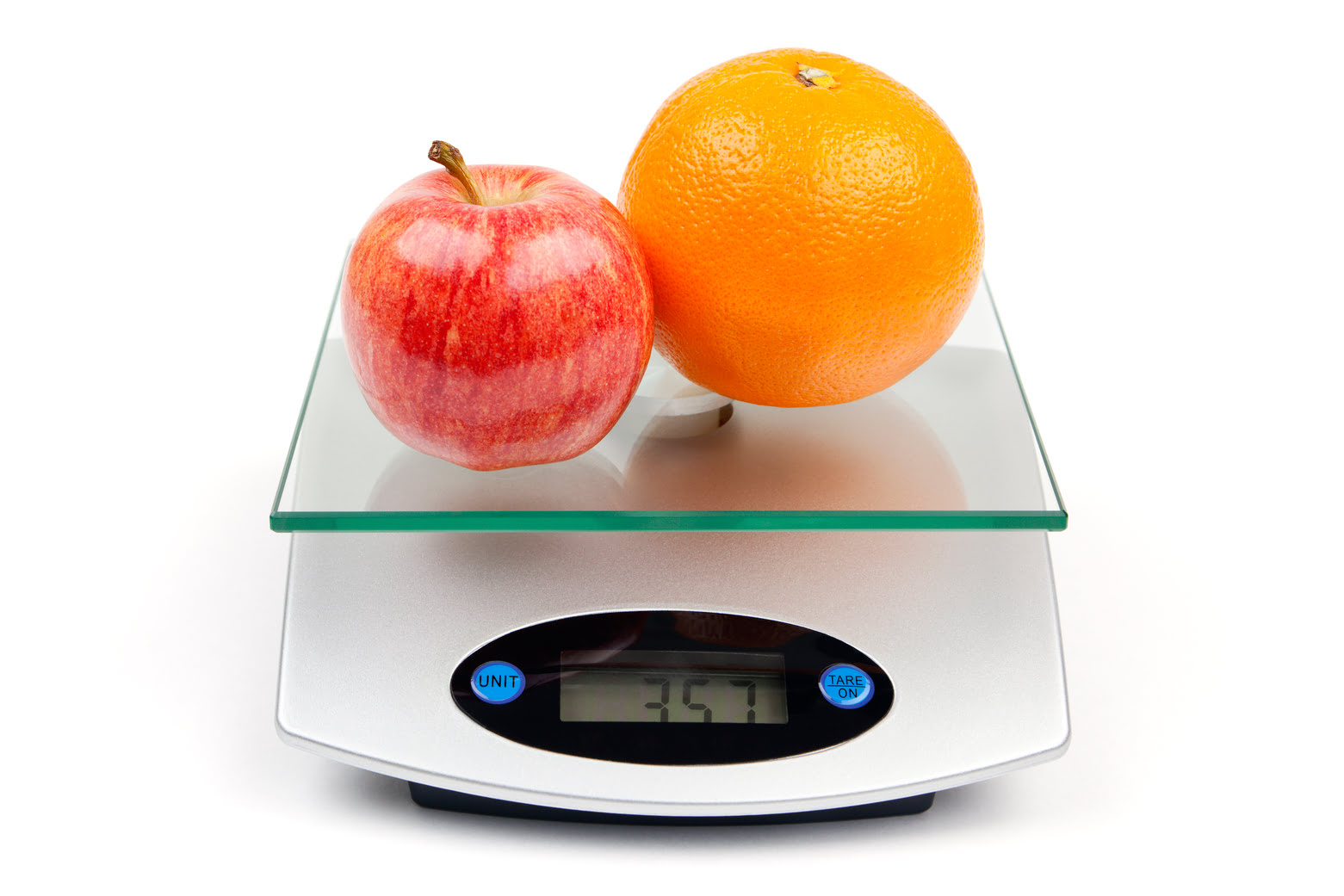
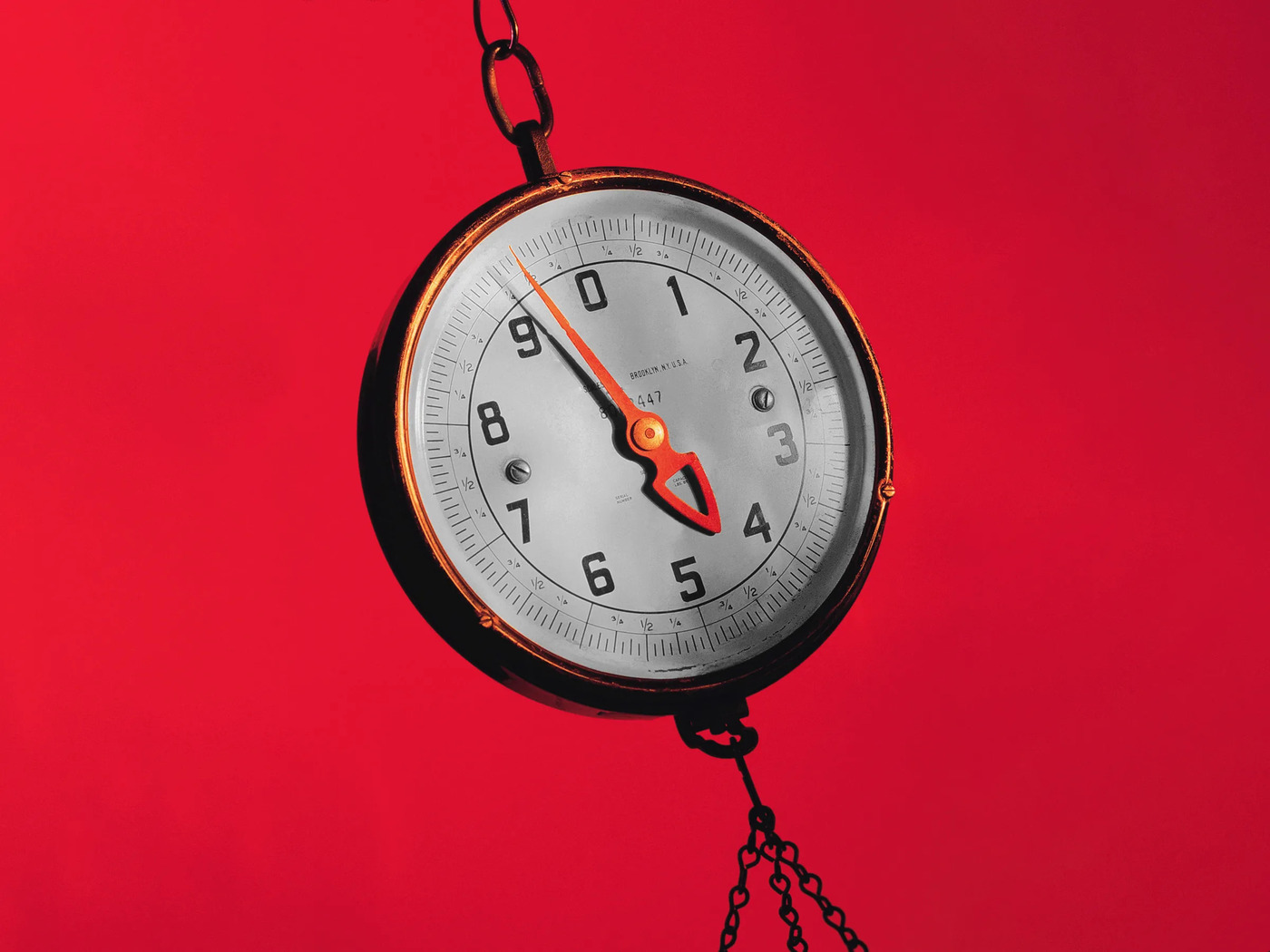
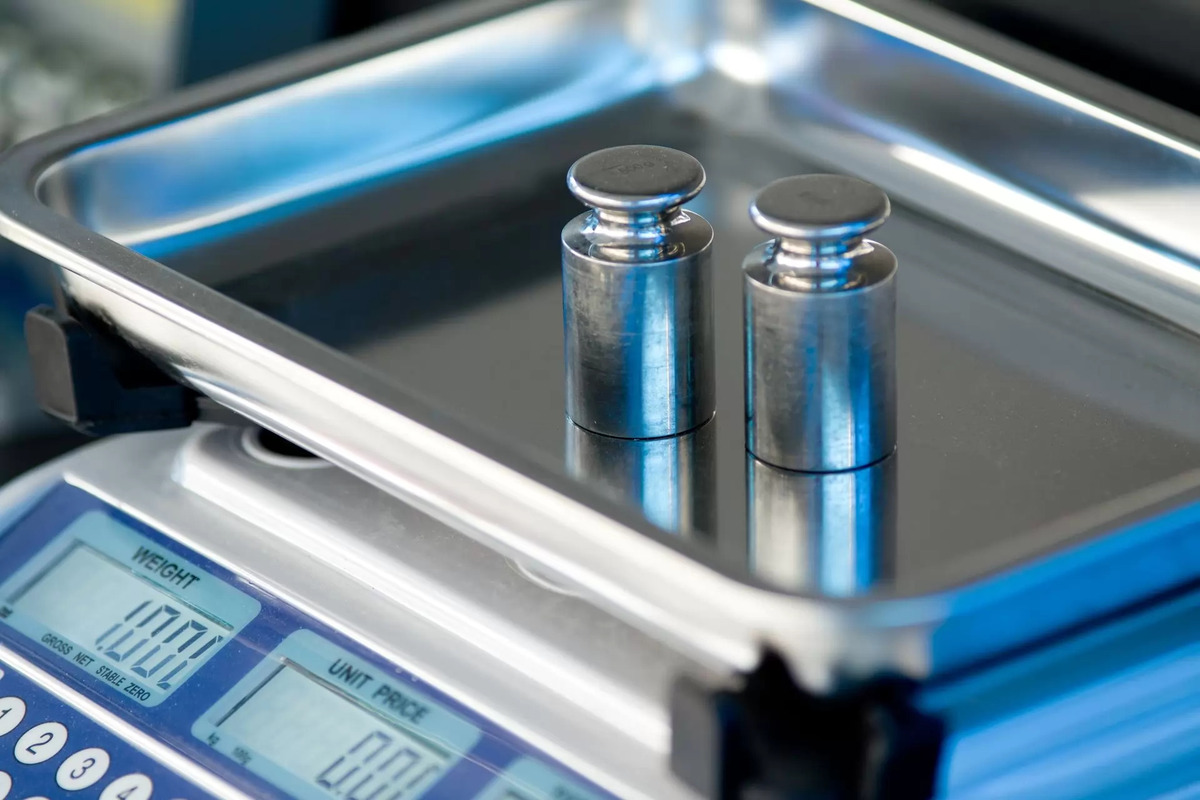
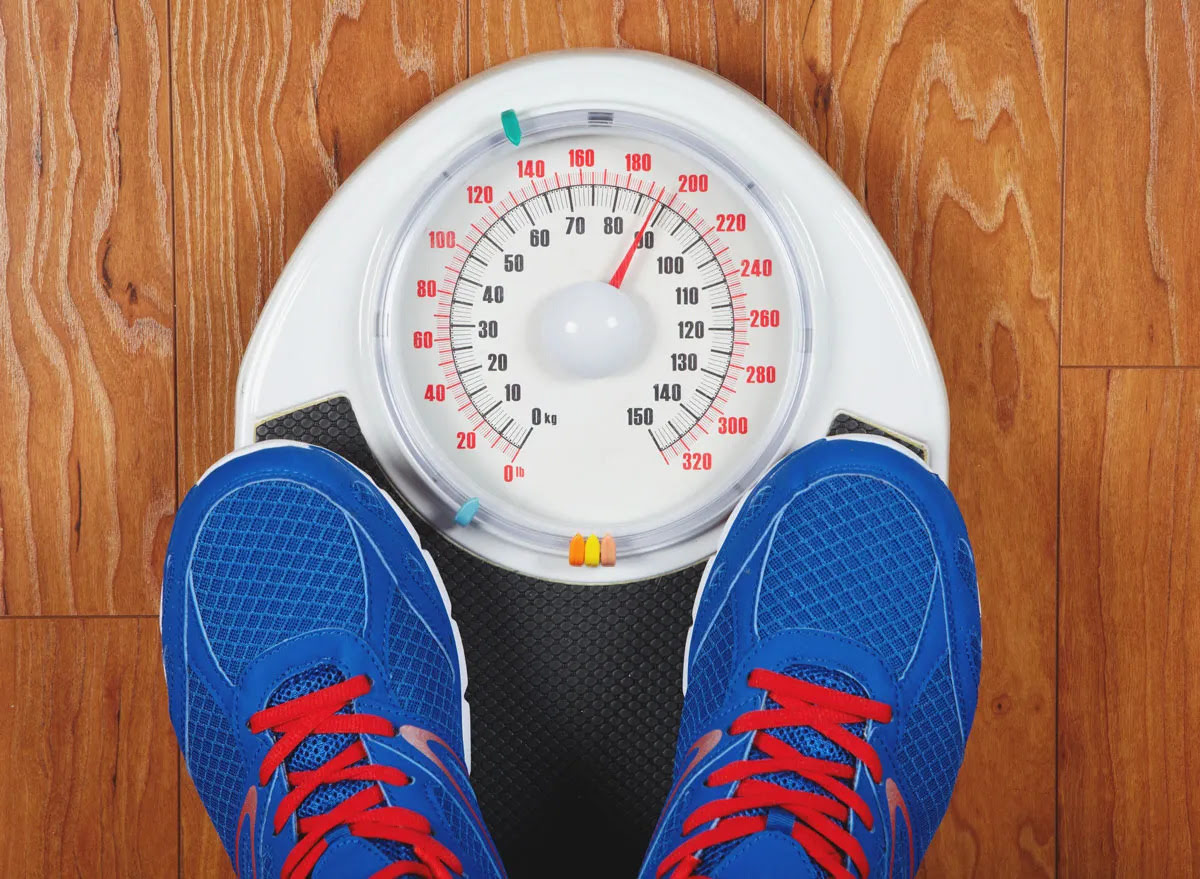
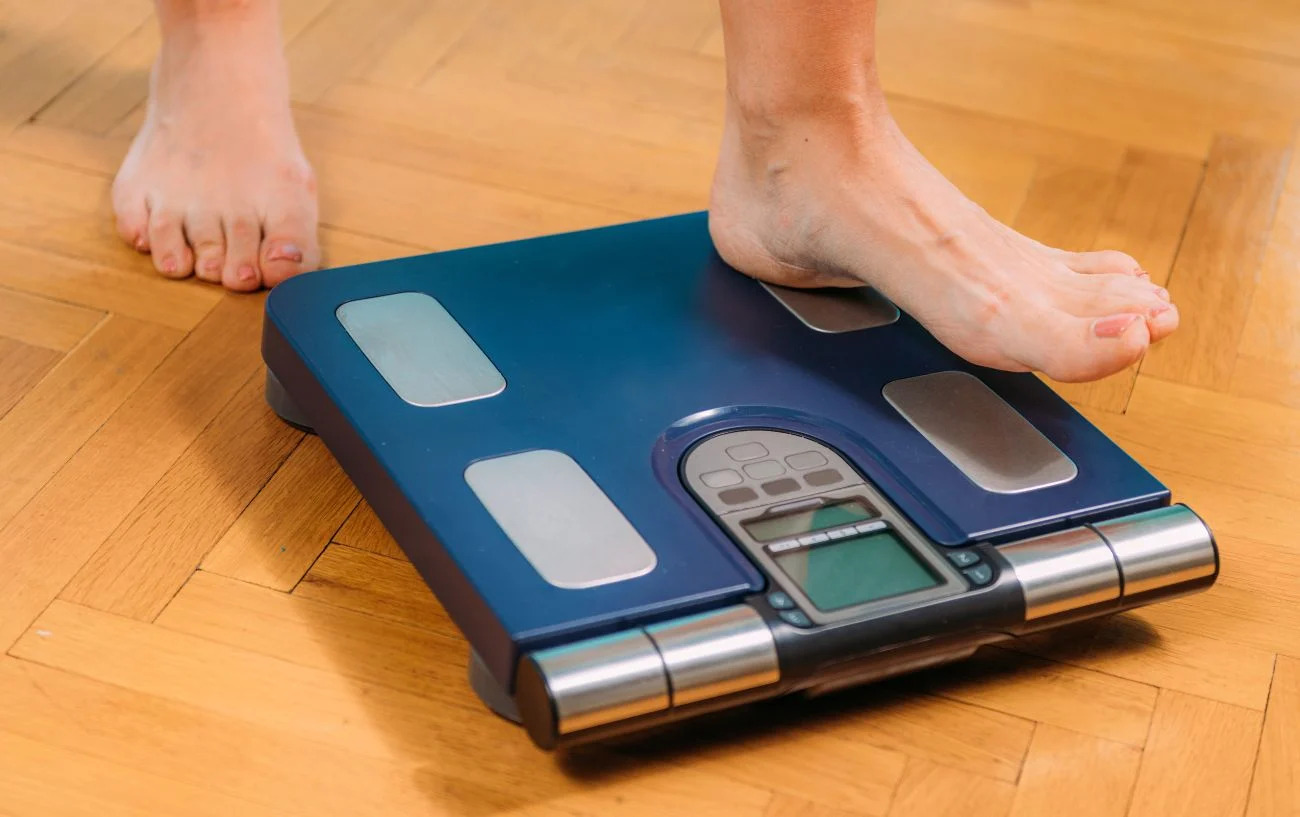
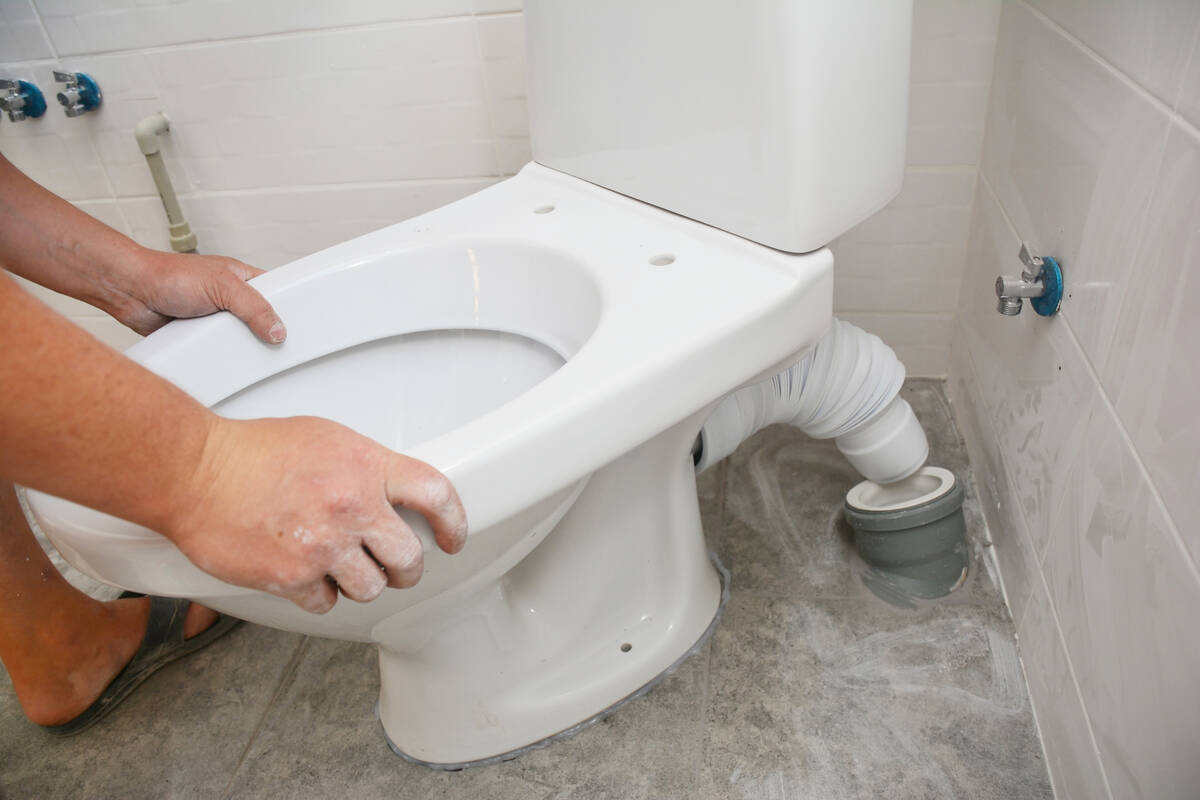
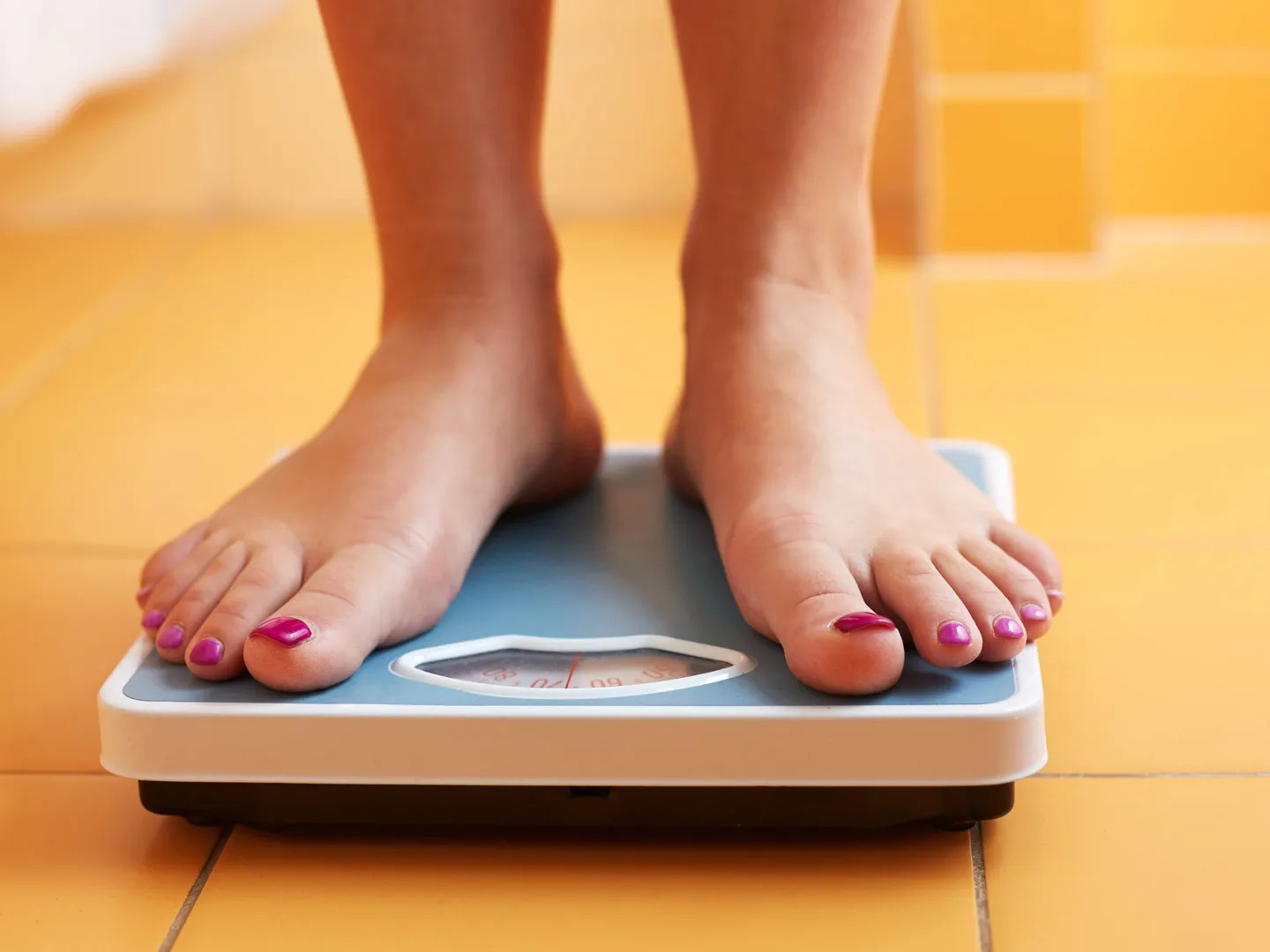
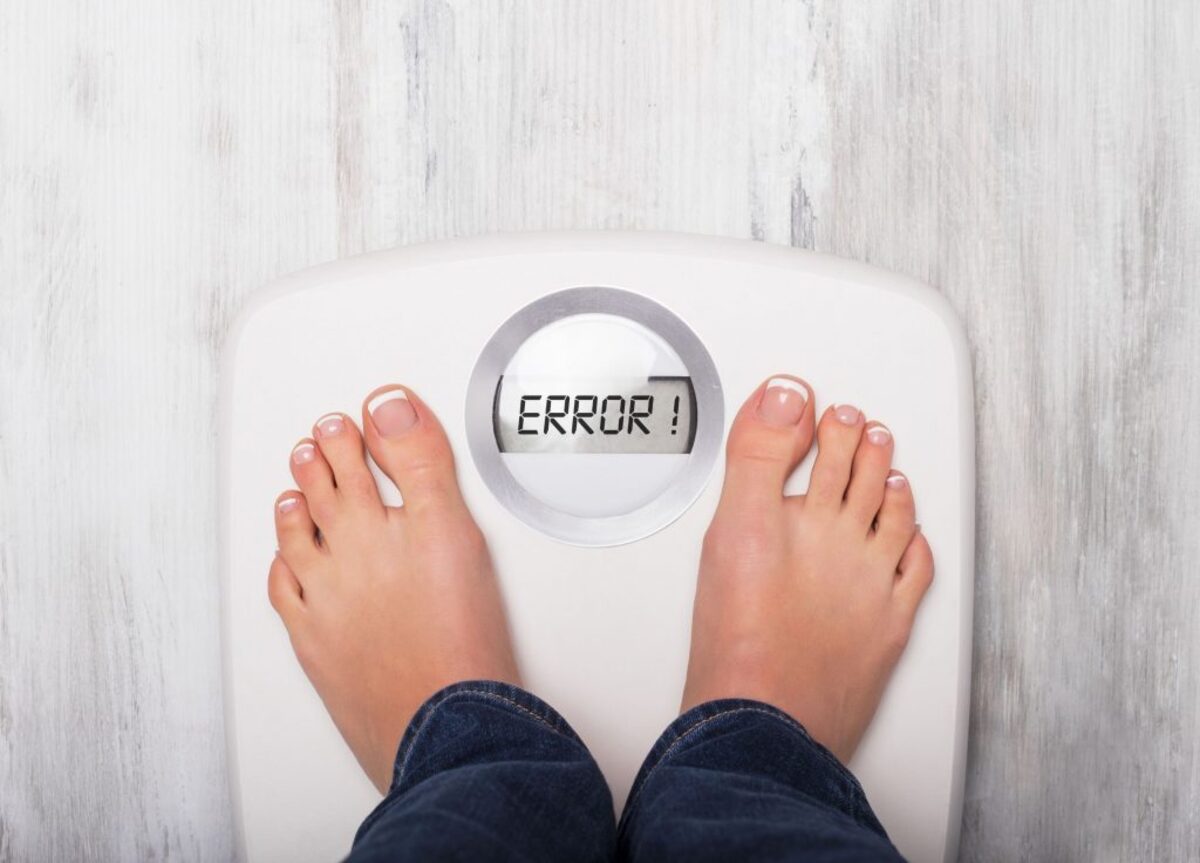

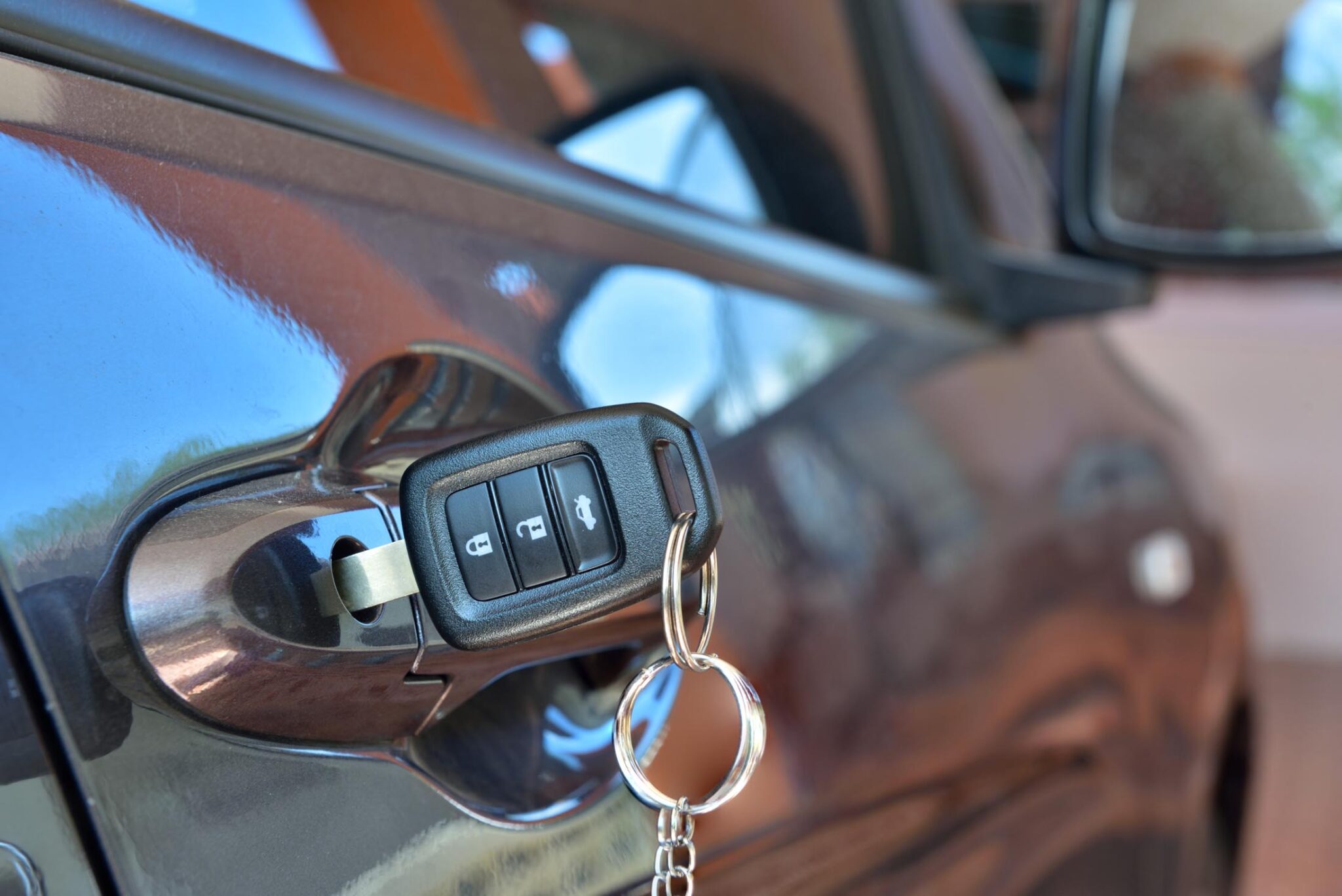
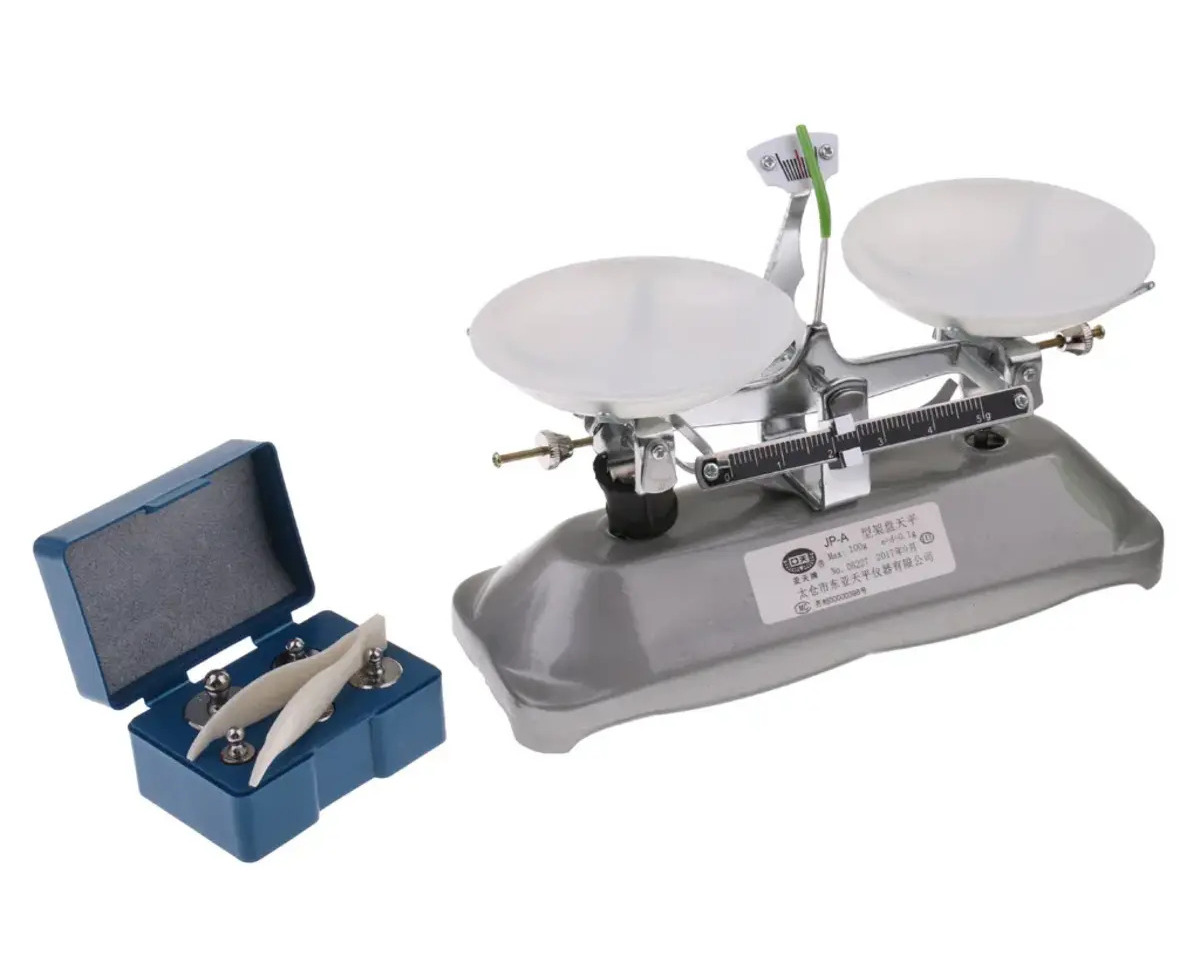




0 thoughts on “Why Does My Scale Change Weight When I Move It”